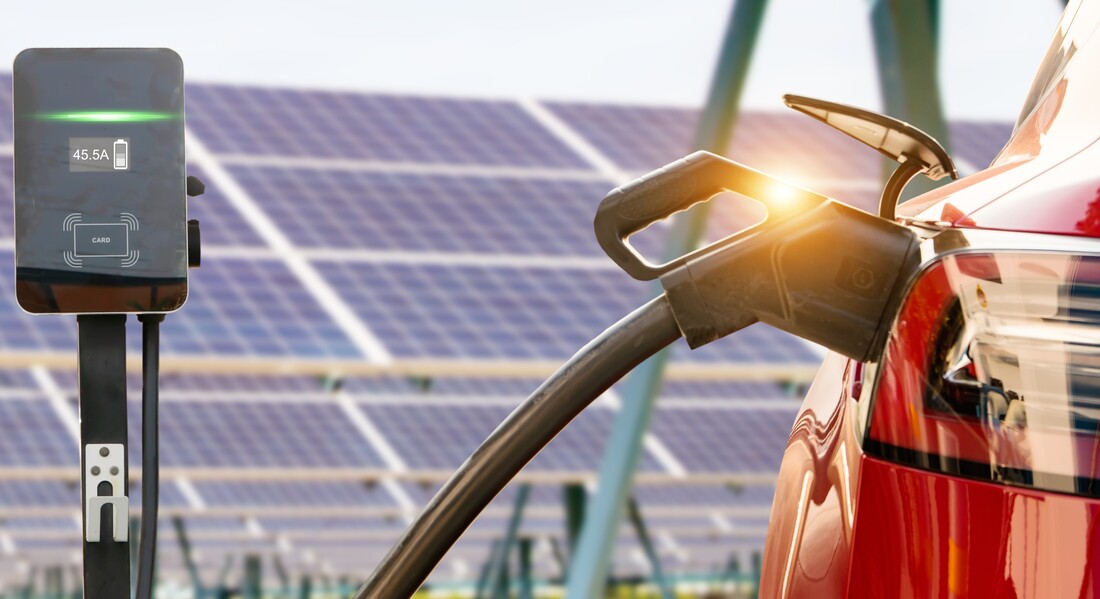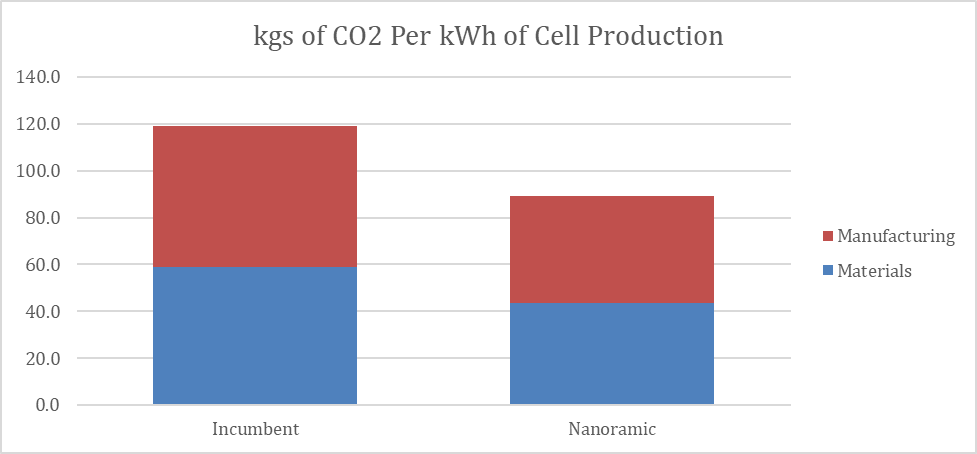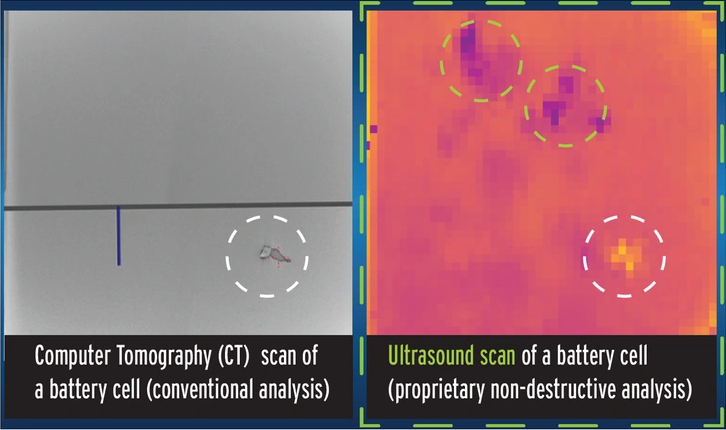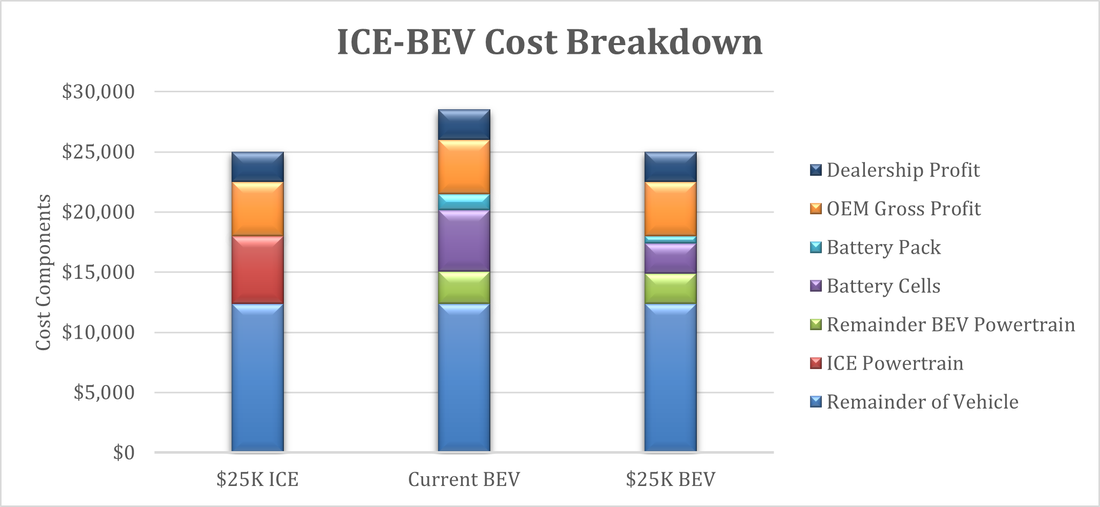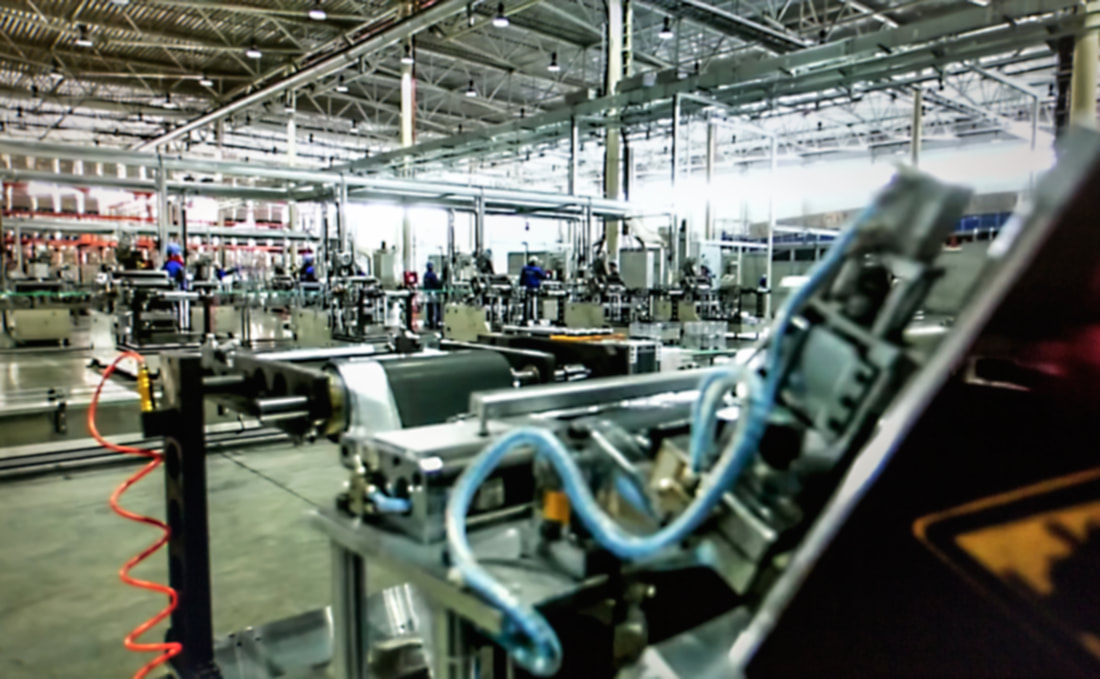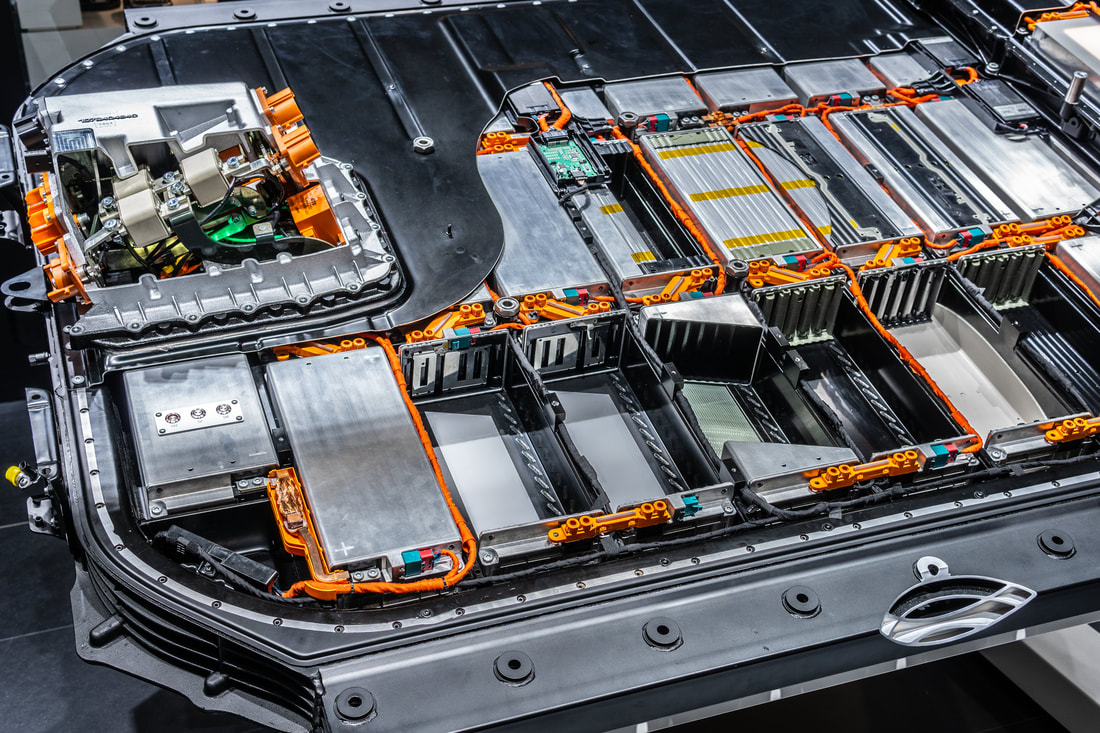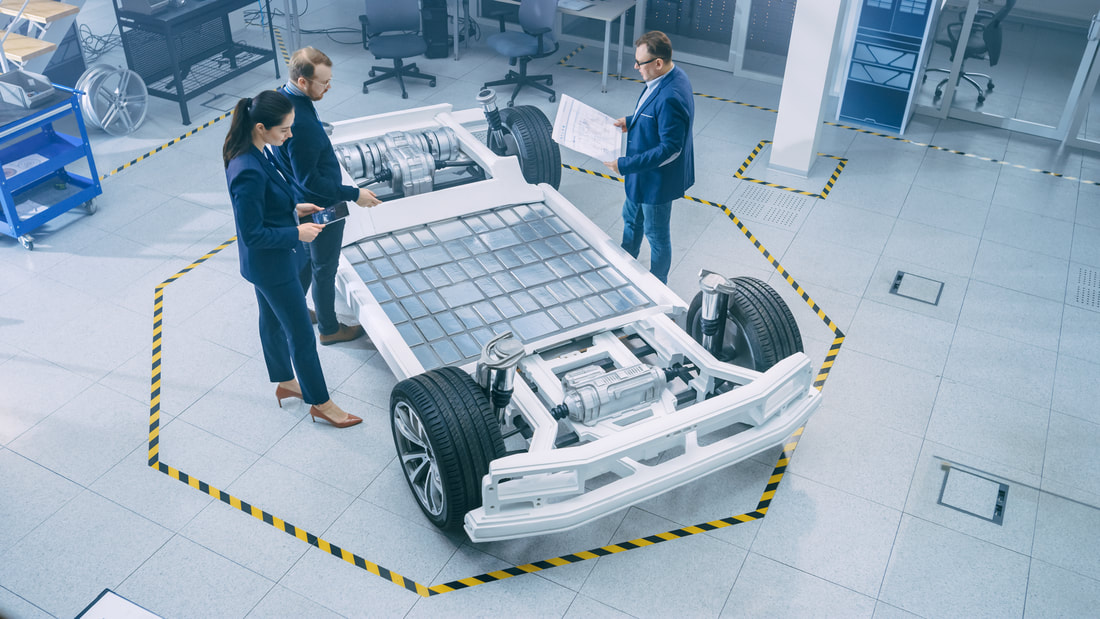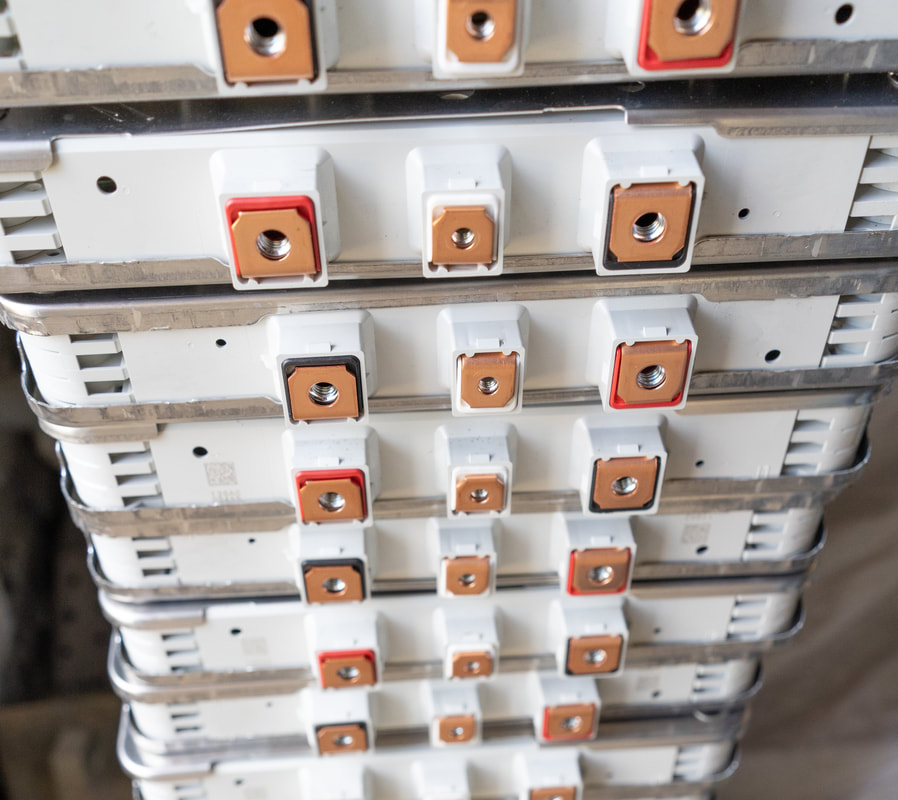The Battery Report 2023
Co-authored By: Charlie Parker | Published on January 22, 2024
This report summarizes the most significant developments in the battery industry. Crowd-sourced from top industry and academia experts, this report seeks to provide a comprehensive and accessible overview of the latest battery research, policy, and business landscape.
|
Scale and the Economic Mechanisms of Learning Rate: Applying Lessons From Solar to the Battery Industry
Co-authored By: Charlie Parker | Published on July 25, 2023
|
Global Battery Factory Database
Contributions By: Ratel Consulting | Published on July 19, 2023
Guide to Investing in the EV Battery Supply Chain
Contributions By: Ratel Consulting | Published on June 21, 2023
|
Green Batteries: Lowering the Energy Storage Manufacturing Carbon Footprint
By: Charlie Parker | Published on February 16, 2023
|
The Battery Report 2022
Co-authored By: Charlie Parker | Published on January 15, 2023
This report summarizes the most significant developments in the battery industry. Crowd-sourced from top industry and academia experts, this report seeks to provide a comprehensive and accessible overview of the latest battery research, policy, and business landscape.
|
Ultrasound Inspection Optimizes EV Battery Manufacturing
By: Charlie Parker | Published on November 16, 2022
|
The $25,000 Electric Vehicle: How OEMs Achieve Mass Market Success in the EU and USA
By: Charlie Parker | Published on June 1, 2022
|
Powering the Drive to Zero: Unlocking Public and Private Capital for the UK Battery Sector
Contributions By: Ratel Consulting | Published on May 10, 2022
|
Electrode Manufacturing: Comparative Analysis of Wet & Dry Production Technologies
By: Charlie Parker | Published on March 30, 2022
|
A Tale of Two Chemistries: Battery Manufacturer’s Strategies for Winning both NCx and LFP Markets
By: Charlie Parker | Published on March 26, 2022
|
The Battery Report 2021
Co-authored By: Charlie Parker | Published on January 8, 2022
This report captures the most interesting developments in the industry in 2021. It intends to serve as a comprehensive and accessible guide to battery research, industry, talent, policy, and predictions and foster conversations on the state of batteries and their trajectory for the future.
|
Road To Zero: Unlocking Public and Private Capital To Decarbonise Road Transport
Contributions By: Ratel Consulting | Published on November 10, 2021
|
Thinking Outside of the Cell: How Battery Adjacent Technologies Can Catalyze Mass EV Adoption
By: Charlie Parker | Published on November 7, 2021
|
Gigascrap: The Path To Matching Li-ion Production & Recycling In Europe
By: Charlie Parker | Published on March 27, 2021
|

